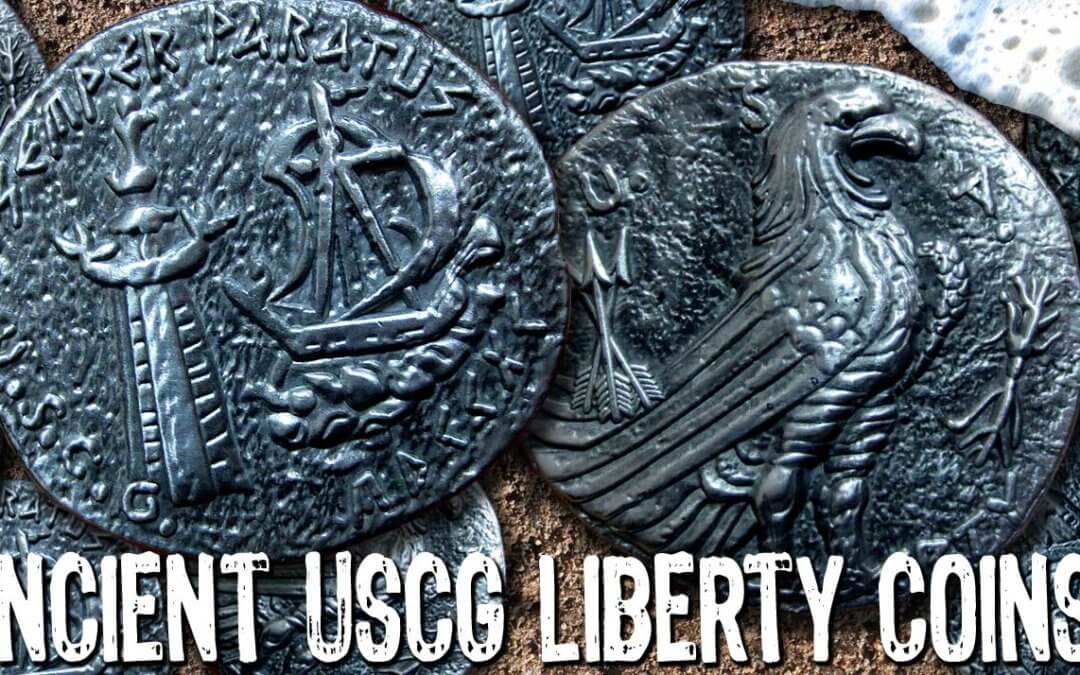USCG’s Association with Lighthouses Across America. Lighthouses have long served as beacons of hope, guiding ships safely through treacherous waters and marking the way for sailors. The United States Coast Guard (USCG), with its mission to ensure maritime safety, has played a crucial role in the preservation and operation of lighthouses across the country. In this comprehensive blog post, we delve into the rich association between the USCG and lighthouses, exploring iconic lighthouse locations, their names, and fascinating fun facts that make them true treasures of America’s coastal heritage.
- East Coast Lighthouses: 1.1. Cape Hatteras Lighthouse, North Carolina:
- Standing at a towering height of 198 feet, it is the tallest lighthouse in the United States.
- Its black and white spiral stripes are a distinctive feature, aiding in its recognition during daylight hours.
- The Cape Hatteras Lighthouse is one of the most famous and frequently visited lighthouses in the country.
1.2. Sandy Hook Lighthouse, New Jersey:
- Constructed in 1764, it is the oldest operating lighthouse in the United States.
- The Sandy Hook Lighthouse played a vital role in guiding ships into the bustling port of New York City.
1.3. Portland Head Light, Maine:
- Located in Cape Elizabeth, it is Maine’s oldest lighthouse and is often considered one of the most picturesque in the country.
- This iconic lighthouse was commissioned by George Washington in 1791.
- Gulf Coast Lighthouses: 2.1. Pensacola Lighthouse, Florida:
- Situated on the grounds of Naval Air Station Pensacola, it has guided ships since 1859.
- The Pensacola Lighthouse offers stunning views of the Gulf Coast and is open to the public for tours.

2.2. Biloxi Lighthouse, Mississippi:
- Erected in 1848, it is one of the first cast-iron lighthouses in the South.
- The Biloxi Lighthouse survived the devastation caused by Hurricane Katrina in 2005 and remains a symbol of resilience.
- West Coast Lighthouses: 3.1. Point Reyes Lighthouse, California:
- Perched on a dramatic cliff in the Point Reyes National Seashore, it is one of the windiest and foggiest locations in the United States.
- The Point Reyes Lighthouse offers breathtaking views of the Pacific Ocean and the rugged California coastline.
3.2. Yaquina Head Lighthouse, Oregon:
- Standing at 93 feet, it is Oregon’s tallest lighthouse.
- The Yaquina Head Lighthouse is located within the Yaquina Head Outstanding Natural Area, offering visitors a chance to explore picturesque tide pools and stunning coastal landscapes.
- Great Lakes Lighthouses: 4.1. Split Rock Lighthouse, Minnesota:
- Overlooking Lake Superior, it is one of the most iconic lighthouses in the Great Lakes region.
- The Split Rock Lighthouse became a National Historic Landmark in 2011 and attracts visitors from around the world.
4.2. Old Mackinac Point Lighthouse, Michigan:
- Situated at the Straits of Mackinac, it played a critical role in guiding ships through the narrow passage between Lake Michigan and Lake Huron.
- Visitors can explore the lighthouse and its museum, gaining insights into the maritime history of the region.
Fun Facts about USCG and Lighthouses:
- The USCG took over the responsibility of operating lighthouses in 1939 when the Lighthouse Service merged with the Coast Guard.
- Lighthouses were originally lit using candles, then upgraded to oil lamps, and eventually transitioned to electric lights.
- Some lighthouses have unique features, such as Cape Florida Lighthouse in Florida, which has a natural coral rock base.
Conclusion: Lighthouses stand as timeless symbols of maritime history and the unwavering commitment of the USCG to ensure the safety of seafarers. From the historic East Coast lighthouses to the rugged beauty of the West Coast, and the enchanting charm of the Great Lakes, each lighthouse holds stories and memories of the maritime past. The USCG’s association with these iconic structures helps preserve their legacies and reminds us of the importance of navigation and safety at sea. As guardians of these guiding lights, the USCG continues to honor their role in America’s coastal heritage and maritime traditions.

